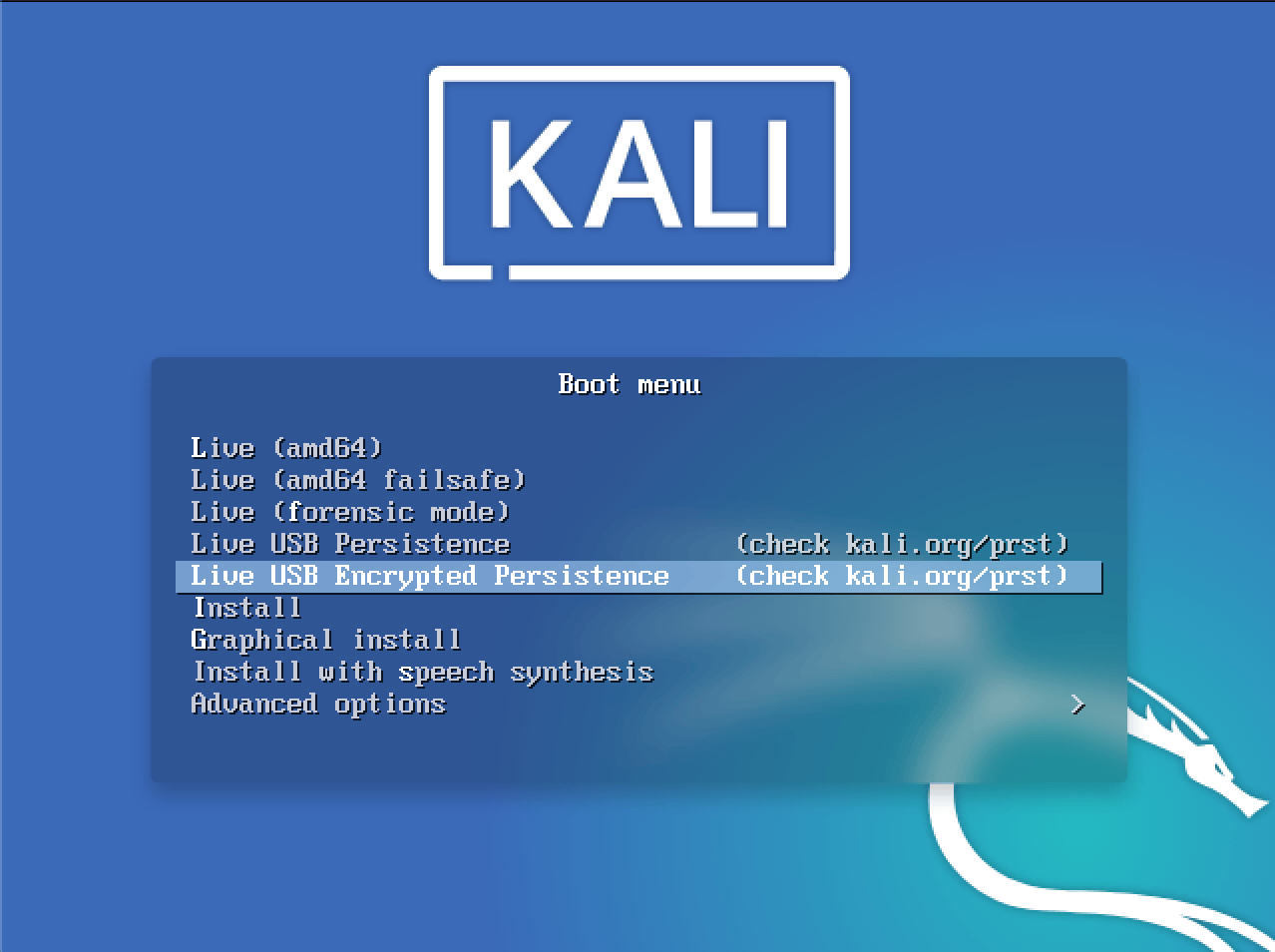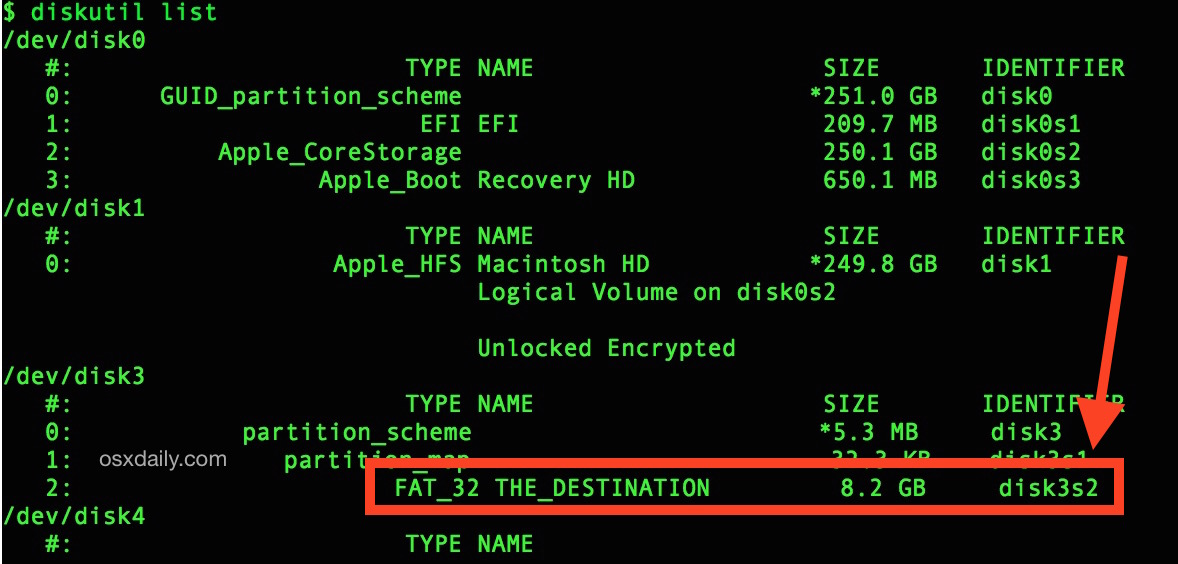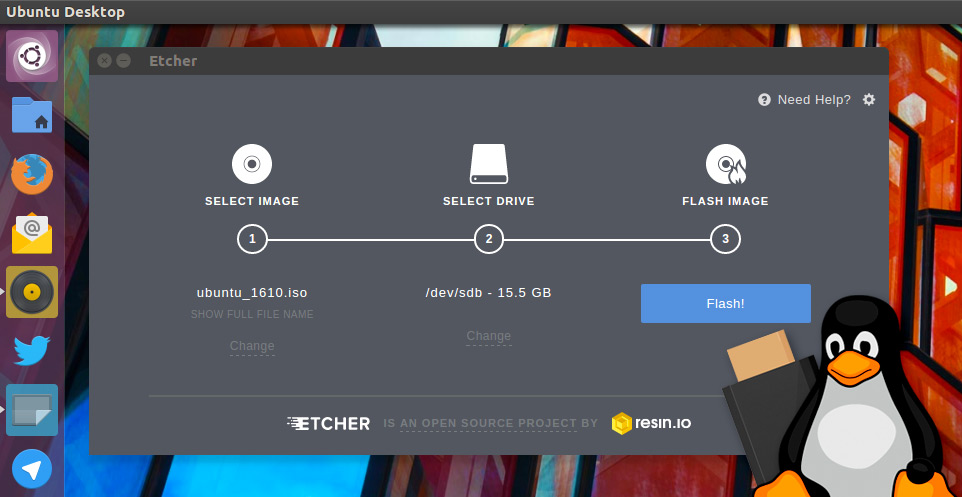

- HOW TO MAKE A LIVE LINUX USB ON MAC HOW TO
- HOW TO MAKE A LIVE LINUX USB ON MAC ZIP FILE
- HOW TO MAKE A LIVE LINUX USB ON MAC PRO
- HOW TO MAKE A LIVE LINUX USB ON MAC ISO
- HOW TO MAKE A LIVE LINUX USB ON MAC MAC
I also tried to us UDTO instead of UDRW.ģ) finding my usb location using diskutil list, it was /dev/disk2Ĥ) unmounting the usb: diskutil unmountDisk /dev/disk2ĥ) dding the image: sudo dd if=debian-8.4.0-i386-DVD-1.img of=/dev/disk2 bs=1m
HOW TO MAKE A LIVE LINUX USB ON MAC ISO
Any advice how can I debug why my usb did not becamse Debian bootable after those procedures.ġ)erase usb drive using disk utils and create FAT partition(i tried also exFAT and OSX Extended).Ģ) downloaded the iso and converted it to img: hdiutil convert debian-8.4.0-i386-DVD-1.iso -format UDRW -o debian-8.4.0-i386-DVD-1.imgĪnd renaming the result to remove the ".img" from name. Other distos have large amouts of troubleshooting this issue, but not debian. It also seems seems several years old and outdated. If you read this reference, you will realize the advantages of using macOS instead of Linux.Does not work(everything goes fine but usb does not become bootable). Note: When prompted, the default option was chosen.
HOW TO MAKE A LIVE LINUX USB ON MAC MAC

Using the Finder application, open the folder named gparted-live-1. Use the Disk Utility application to erase a 500 MB or larger flash drive. I my case, this folder was named gparted-live-1.
HOW TO MAKE A LIVE LINUX USB ON MAC ZIP FILE
After the download completes, the zip file will automatically convert to a folder. I assume this file will download to your Downloads folder. For example, if the latest version is 1.3.1-1, then you want the gparted-live-1.3.1-1-amd64.zip file. Note: The operating system used to create the bootable flash drive was macOS High Sierra Version 10.13.6.ĭownload the latest gparted-live-*-amd64.zip file.
HOW TO MAKE A LIVE LINUX USB ON MAC HOW TO
How to Create a GParted Bootable Flash Drive Note: This answer does not require any third party tools or the use of the Terminal application.
HOW TO MAKE A LIVE LINUX USB ON MAC PRO
Macbook Pro 17" Early 2011 that are not able at all to boot anything other from USB than OS X). This will bring up GParted Live.īut beware, there are some Macs (e.g. When booting the Mac now press alt and there should be an option to boot to that is called EFI boot. I put the German screenshot in, I think it's pretty clear. OS X will show a dialog to Initialise., Ignore or Unmount the USB stick when it is put into the slot. Which do you want to use?įinally, sudo fdisk /dev/diskX will show Disk: /dev/disk1 geometry: 942/255/63 Sudo gdisk -l /dev/diskX will show this (aborting the question is possible with ctrl C): GPT fdisk (gdisk) version 1.0.1įound valid MBR and GPT.


The USB stick then looks like this with diskutil list: /dev/disk1 You should not be using the s1 extensions: these are partitions on the disk, not the disk itself. We use the r for raw in of=/dev/rdiskX to make the copy faster.


 0 kommentar(er)
0 kommentar(er)
